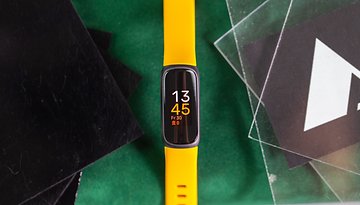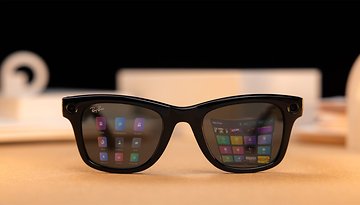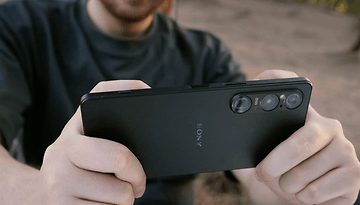E-bike Review: Sushi Maki+ Unveils the Brilliance in Simplicity
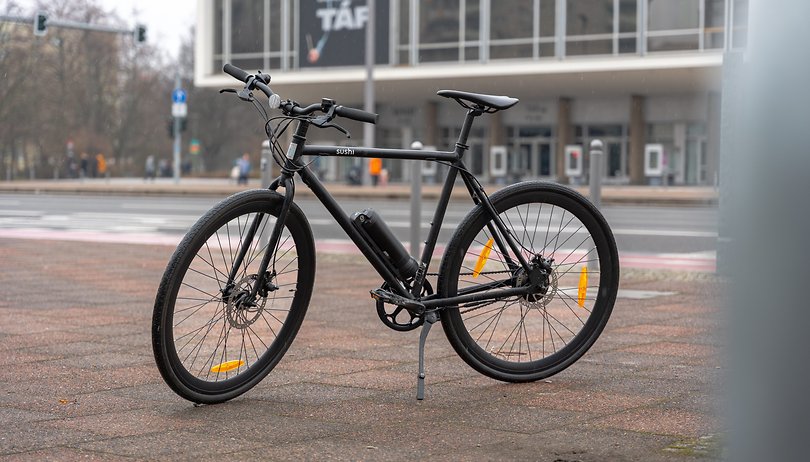

Everyone knows about e-bikes—but have you ever heard of an "e-fixie"? The "Maki+" model from the German e-bike brand Sushi goes something like this. But does it really ride well without gears, suspension, app connectivity and other technical features? We tested whether the affordable Sushi Maki+ is convincing in everyday use!
Good
- Nice and light for an e-bike
- Lightweight construction
- Removable battery
- Surprisingly affordable
Bad
- No gear shift
- Technically hardly innovative
- Onboard computer very rudimentary
- Rather underpowered
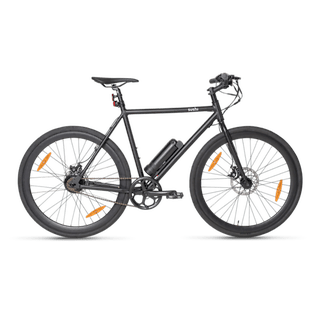
Price and availability
At a price of €1,199, you get a rock-solid e-bike with the Maki+ from Sushi, but you should not expect any technical gadgets. The lightweight bike, which is designed as an entry-level bike, offers brakes, an electric motor, a removable battery and an on-board computer—nothing more! For road use, however, manufacturer Sushi at least includes battery-powered lamps in the scope of delivery.
If you are looking for a simple bike for the city with an electric motor, the Maki+ is definitely recommendable. However, if you are looking for a modern e-bike, you will miss an app connection, a gear shift, and a powerful motor.
Please note: For readers in the U.S., be aware that the Sushi Maki+ ebike is exclusively available for direct purchase in the DACH region and the Netherlands.
Design & Processing
The Sushi Maki+ is a singlespeed bike with straight handlebars and is available in three different sizes. For our test, the manufacturer provided us with a model in frame size "M", which, according to the product description, is suitable for riders between 1.73 and 1.79 meters. Together with the two other frame sizes, the bike should be compatible for all body sizes.
Pros:
- At 16 kilograms, nice and light for an e-bike .
- Different frame sizes without surcharges.
- The matte black design looks nice and minimalist.
Cons:
- No mudguards.
- The on-board computer is very rudimentary.
With its matte black frame and the discreet lettering, the Maki+ meets my taste very much. At the same time, the bike without gears and without mudguards is exceptional and is more suitable for short jaunts on sunny days in the big city than for longer rides in the city. The strongly forward bent seating position underlines this again clearly, because on longer tours I suspect a strong fatigue of the wrists.
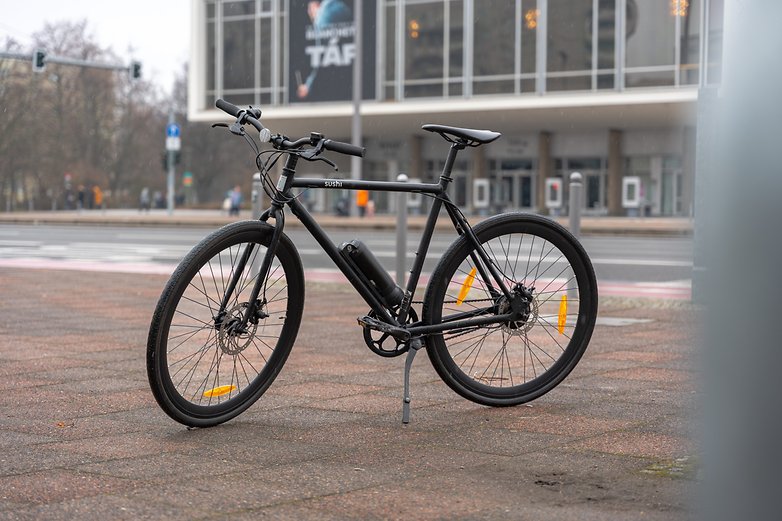
So the ride feel of the Maki+ is somewhere between a road bike and a fixie. Compared to the latter, however, it is quite pleasant that you don't have to trample permanently thanks to the free-running chain. For our test, we had a model without mudguards, which is really unpleasant in the rain.
On the one hand, you disturb the people who ride close behind you—on the other hand, you mess up your pants, jackets and backpacks with splashing water. If you can handle it style-wise, you should buy the mudguard set for around $50/€50.
Since Sushi relies on a lightweight aluminum frame and the installed electronics are also lightweight, the total weight is only 16 kilograms. During the test period, I also tested a VanMoof S5 and both when carrying and riding I clearly noticed the difference.
Even the foldable Brompton Electric is heavier at 17 kilograms. And the Sushi Maki+ is one of those e-bikes that doesn't make it overly strenuous to exceed the 25 km/h assistance limit for any length of time.
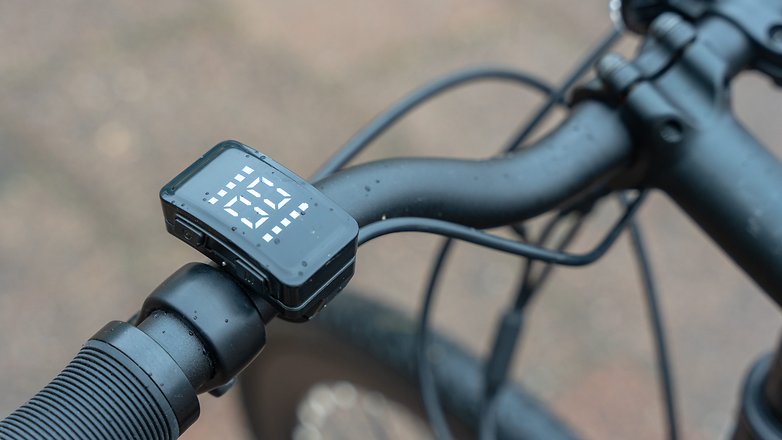
But lightweight and simplicity come at the expense of the things you'd expect from an e-bike in 2023. You can't, for instance, record your rides via app, set the assistance level on your phone, or rely on a built-in lock.
There is only a rudimentary on-board computer on the left side of the handlebar, which only knows the functions "support level up / down" besides "on / off". It is annoying that the range is only displayed on a five-point scale. A more precise scale with range or percentage points would be desirable.
E-motor and driving
Sushi equips the Maki+ with a 200-watt electric motor on the rear wheel. You can regulate how hard the motor has to work via your pedaling power as well as via the on-board computer with its five support levels. Even though the motor is weaker than on many other e-bikes, the racing bike feel and light overall weight result in a high fun factor.
Pros:
- Calibration of the torque sensor very pleasant.
- Agile and suitable for fast progress .
Cons:
- Somewhat underpowered...
- ...which is particularly noticeable on inclines.
While e-bikes like the VanMoof S5 or the Brompton Electric reviewed by us literally catapult you away at the traffic lights, the Maki+ is rather sluggish. On the one hand, the gear ratio allows a compromise between comfortable starting and a pleasant cadence at higher speeds. On the other hand, the electric motor reacts quite late and also does not offer an excessive amount of energy with 200 watts.

However, the distance that your opponents gain in the first few meters during the traffic light race is quickly regained. After a few kicks, you can feel the support of the electric motor - until it stops at 25 km/h. And this is where the low weight of the bike is useful. And this is where the low weight of the e-bike is helpful: Even over longer distances, I was able to ride the Sushi Maki+ at speeds of around 30 km/h, as the bike is light enough for this.
On winding roads or in city traffic, however, the Sushi Maki+ is even more fun. Because the lightweight bike is nice and agile and provides with the Tektro M280 as mechanical disc brakes for a safe alternation of fast acceleration and safe braking. The brakes are powerful enough to lock you both wheels completely.
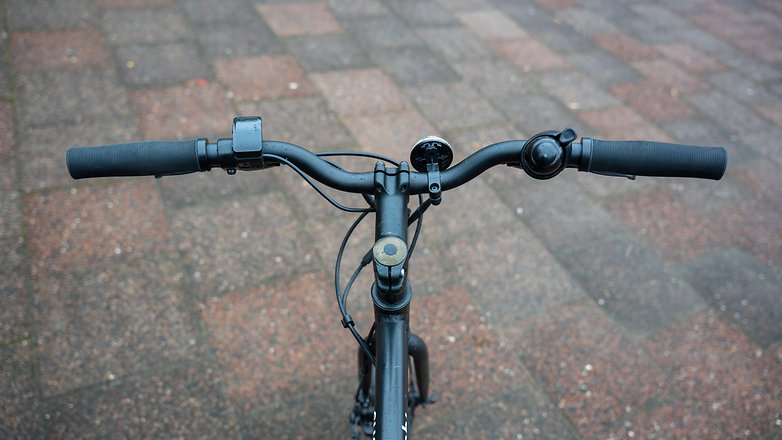
As soon as the Maki+ is exposed to inclines, the somewhat too weak motor also stands out negatively. Even with my fairly light body weight of 68 kilograms, the e-bike had to struggle on climbs. According to the manufacturer, inclines of up to 10 degrees are possible. And even then, the motor laboriously drags you up the hill at about 21 km/h.
Overall, the Maki+ is a nimble and fun single speed that offers decent support from an electric motor. For longer distances, I imagine this to be quite pleasant and this is also a reason why many buy an e-bike. However, both the seating position and the road bike saddle are a bit too uncomfortable for long bike tours.
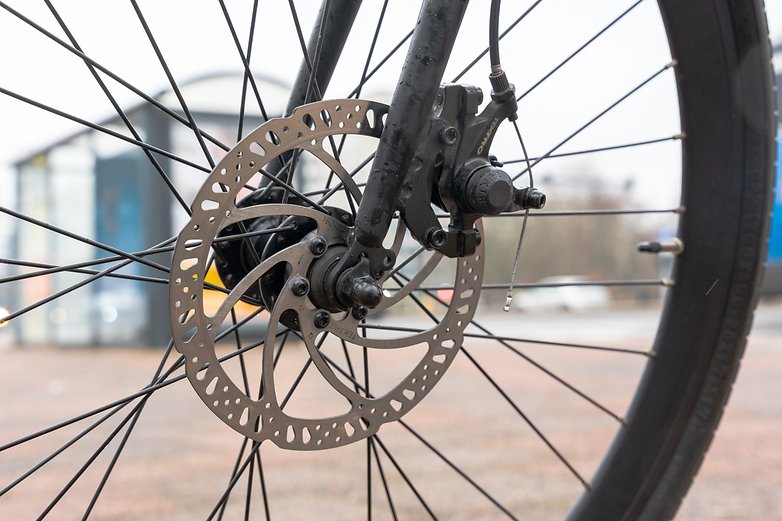
Battery and smart features
Sushi has extended the battery life in the Plus model. According to the manufacturer, the Maki+ supports you up to 75 kilometers. When the battery is running low, you can disconnect the battery from the frame, which is secured by a key, and charge it conveniently at home. Another highlight of Sushi's charging solution: You can also use the 230.4 watt-hour battery as a power bank with USB-A port.
Pros:
- Good range of up to 75 kilometers.
- You can comfortably charge the battery indoors .
- Powerbank feature can be really handy when traveling.
Cons:
- Battery level can only be seen via five points.
- No smart features at all.
In the practical test, we did not achieve a range of 75 kilometers with the Maki+ in Berlin. That's not a big deal, since the range depends on factors like the rider's weight, the terrain, and the selected assistance level anyway. I usually moved the Maki+ on the highest support level and often rode completely electrically at a slow cadence. In doing so, the e-bike carried me about 40 kilometers through Berlin.

The fluctuation is forceful, but 40 kilometers are still very suitable for everyday use on my rides. I found it annoying that the remaining battery life is only displayed via five points on the on-board computer. In addition, you can press a button on the battery and see how full the battery is through three colors, even without the battery. This is relevant, for example, if you use multiple batteries—Sushi sells them for a hefty 299 Euros in its own online store.
- Need more energy on the go? These are the best power stations in comparison
The battery sits in the middle of the frame on Sushi's bikes, looking a bit like a thick water bottle. The advantage of not placing it discreetly outside the frame is that you can easily charge the battery indoors. The important component is secured with a key, which you don't have to leave in the bike while riding.
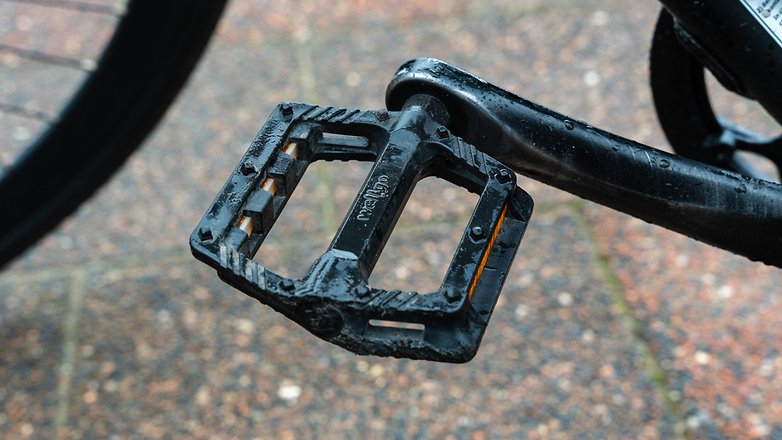
Also well-thought-out: Thanks to the USB-A port, you can charge your smartphone or other electronics via the battery. Apart from this cool trick, the Maki+ does not offer any smart features.
Final verdict
Personally, I really took the Maki+ to my heart during my test report—I would even prefer it to the significantly more powerful VanMoof S5. However, this is due to my preference for light, agile and fast bikes—and here Sushi manages an excellent balancing act between simple single speed and sweat-free e-bike with the Plus model.

As an e-bike, however, I find some features lacking compared to other models. For example, a companion app is missing, with which you can access certain functions or information conveniently on your phone. In addition, many users will dislike the lack of gears. The motor power of 200 watts and the very rudimentary on-board computer also give the impression that Sushi has only equipped a standard bike with a retrofit kit.
The successor, the Sushi Maki 3.0*, looks a bit more sophisticated. For here, hydraulic disc brakes, a permanently installed light system and tires with puncture protection seem a bit more modern. However, Sushi has not improved the engine performance of the successor.
Sushi's Maki model is therefore perfect if you're looking for a lightweight and affordable e-bike. If you want a little more, if you already spent over €1,000 for an e-bike, there are more modern e-bikes on the market.









